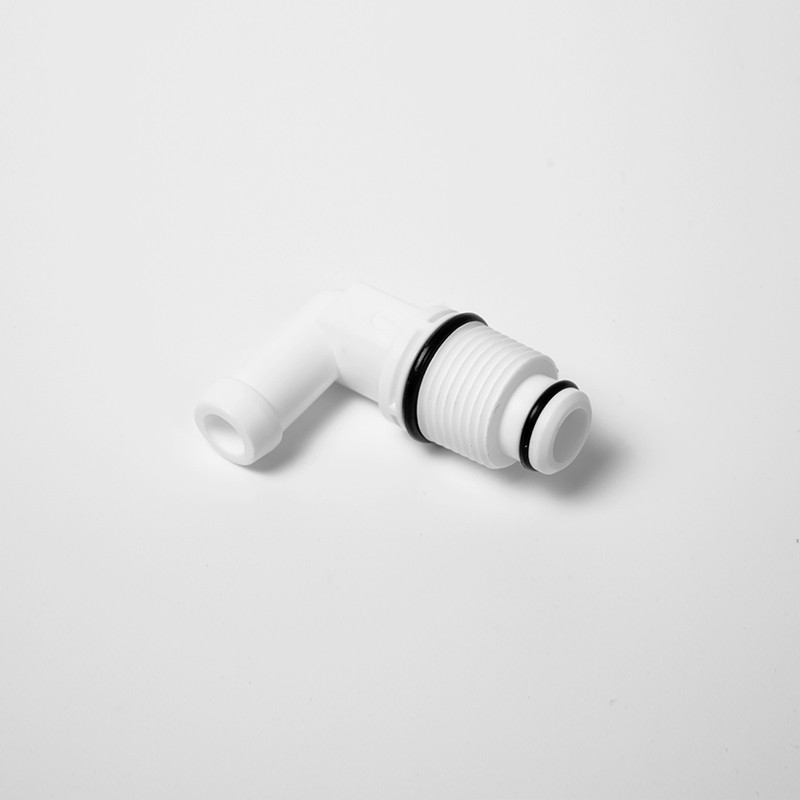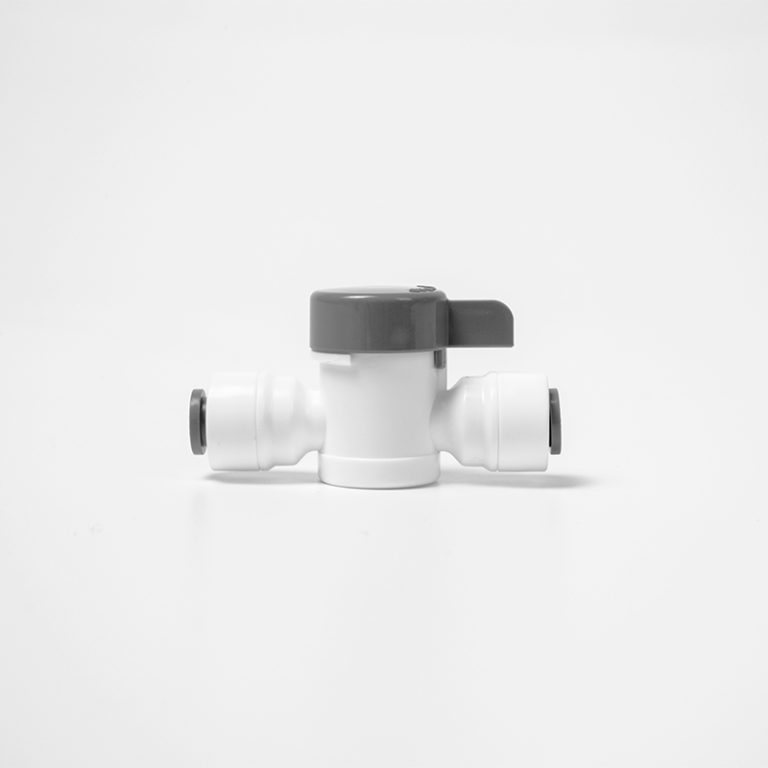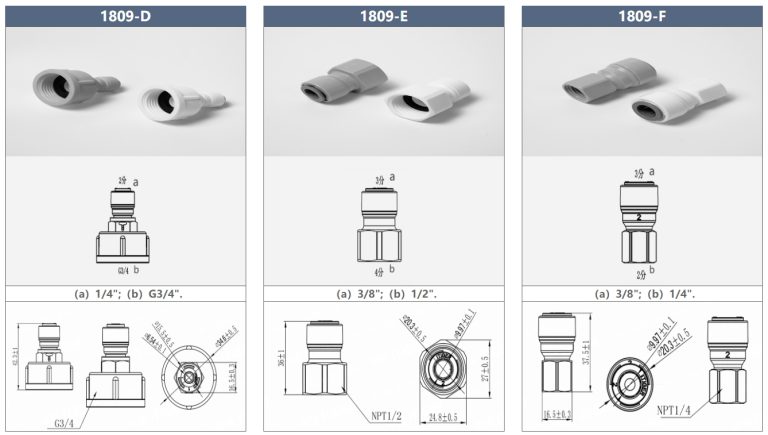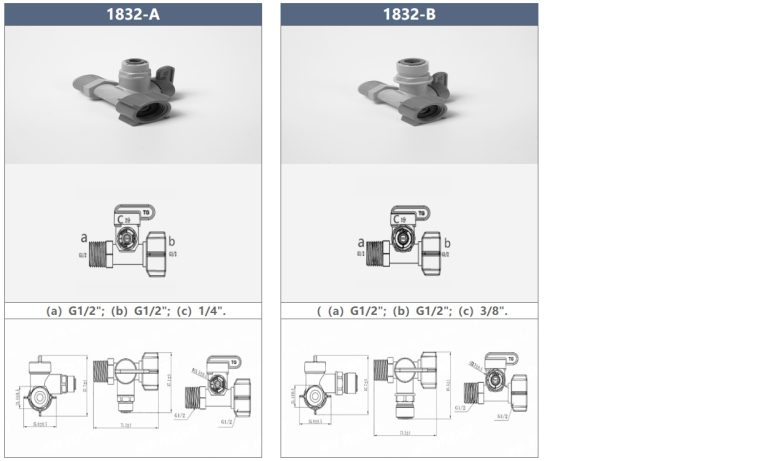“Stop the drip with our leak-proof plastic plumbing fittings.”
Table of Contents
Common Causes of Plastic Plumbing Fittings Leaks
Plastic plumbing fittings are commonly used in residential and commercial plumbing systems due to their affordability, ease of installation, and resistance to corrosion. However, like any plumbing material, plastic fittings can develop leaks over time. Understanding the common causes of plastic plumbing fittings leaks can help homeowners and plumbers identify and address issues before they escalate into more significant problems.
One of the most common causes of leaks in plastic plumbing fittings is improper installation. If a fitting is not properly secured or tightened, it can lead to leaks over time as water pressure causes the fitting to loosen. Additionally, using the wrong type of fitting for the specific plumbing application can also result in leaks. It is essential to follow manufacturer guidelines and recommendations when selecting and installing plastic plumbing fittings to ensure a proper and secure connection.
Another common cause of leaks in plastic plumbing fittings is wear and tear. Over time, the plastic material can degrade due to exposure to harsh chemicals, high water temperatures, or physical damage. This degradation can weaken the fitting and lead to leaks. Regular maintenance and inspection of plumbing fittings can help identify signs of wear and tear before they result in leaks. Additionally, replacing fittings that show signs of deterioration can prevent leaks from occurring.

In some cases, leaks in plastic plumbing fittings can be caused by excessive water pressure. High water pressure can put stress on fittings, causing them to crack or fail. Installing a pressure regulator can help regulate water pressure and prevent leaks in plastic plumbing fittings. It is essential to monitor water pressure regularly and adjust it as needed to prevent damage to plumbing fittings and other components of the plumbing system.
Another common cause of leaks in plastic plumbing fittings is improper pipe alignment. If pipes are not properly aligned when connecting fittings, it can create stress on the fitting and lead to leaks. Ensuring that pipes are aligned correctly and securely connected to fittings can help prevent leaks from occurring. Additionally, using proper support and bracing for pipes can help distribute weight and prevent stress on fittings.
Leaks in plastic plumbing fittings can also be caused by chemical reactions between the fitting material and the water or other substances in the plumbing system. Certain chemicals or minerals in the water can react with the plastic material, causing it to degrade and develop leaks. Using fittings made from high-quality, chemical-resistant materials can help prevent leaks caused by chemical reactions. Additionally, regularly flushing the plumbing system and using water filters can help reduce the presence of harmful chemicals and minerals in the water.
In conclusion, understanding the common causes of leaks in plastic plumbing fittings can help homeowners and plumbers prevent and address issues before they escalate. Proper installation, regular maintenance, monitoring water pressure, ensuring proper pipe alignment, and using high-quality materials are essential steps to prevent leaks in plastic plumbing fittings. By taking proactive measures to maintain and care for plumbing fittings, homeowners can ensure the longevity and efficiency of their plumbing systems.
How to Repair Leaking Plastic Plumbing Fittings
Plastic plumbing fittings are a common choice for many homeowners due to their affordability and ease of installation. However, one common issue that can arise with plastic plumbing fittings is leaks. Leaks can occur for a variety of reasons, such as improper installation, wear and tear over time, or even just a faulty fitting. Regardless of the cause, it is important to address a leaking plastic plumbing fitting as soon as possible to prevent further damage to your plumbing system and potential water damage to your home.
| Model | Tube(a) | Stem(b) |
|---|---|---|
| 1801-A | 1/4 | 1/4 |
| 1801-C | 1/4 | 3/13 |
One of the first steps in repairing a leaking plastic plumbing fitting is to identify the source of the leak. This may require some detective work, as leaks can sometimes be difficult to pinpoint. Look for any visible signs of water around the fitting, such as water stains or puddles. You may also want to run water through the system to see if you can spot any leaks in action. Once you have located the source of the leak, you can move on to the next step in the repair process.
| Model | Tube(a) | Stem(b) |
|---|---|---|
| 1801-A | 1/4 | 1/4 |
| 1801-C | 1/4 | 3/26 |
Before attempting to repair a leaking plastic plumbing fitting, it is important to turn off the water supply to the affected area. This will prevent any further water damage and make it easier to work on the fitting. Once the water supply is turned off, you can begin the repair process.
One common method for repairing a leaking plastic plumbing fitting is to use a sealant or adhesive specifically designed for use with plastic pipes. These products can help to create a watertight seal around the fitting, preventing any further leaks. Before applying the sealant or adhesive, be sure to clean the area around the fitting thoroughly to ensure a proper bond. Follow the manufacturer’s instructions for application, and allow the product to cure fully before turning the water supply back on.
If the leak is more severe or if the fitting is damaged beyond repair, you may need to replace the fitting altogether. This can be a more involved process, but it is important to address the issue properly to prevent any further leaks. Start by turning off the water supply to the affected area and then carefully remove the damaged fitting. Take care not to damage any surrounding pipes or fittings during this process. Once the old fitting has been removed, you can install a new fitting in its place. Be sure to use the correct size and type of fitting for your plumbing system to ensure a proper seal.

After repairing or replacing the leaking plastic plumbing fitting, it is important to test the repair to ensure that it is holding up. Turn the water supply back on and check for any signs of leaks. If the repair is successful, you can rest easy knowing that your plumbing system is back in working order. If the leak persists, you may need to reevaluate the repair or seek professional help.
In conclusion, leaks in plastic plumbing fittings can be a common issue for homeowners, but they can be addressed with the right tools and know-how. By identifying the source of the leak, turning off the water supply, and either repairing or replacing the fitting, you can prevent further damage to your plumbing system and home. Remember to test the repair before considering the job complete, and don’t hesitate to seek professional help if needed. With a little effort and attention to detail, you can keep your plastic plumbing fittings leak-free for years to come.





